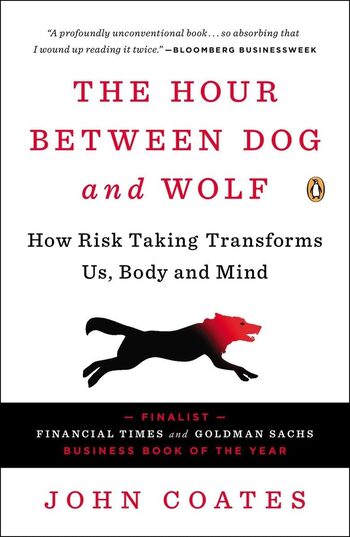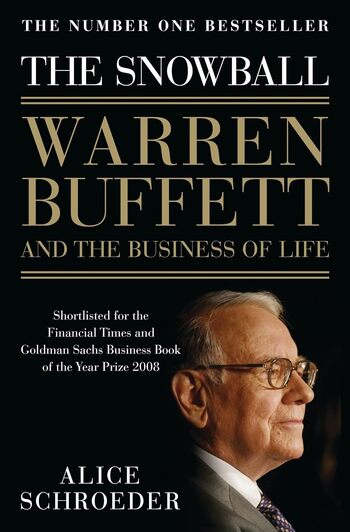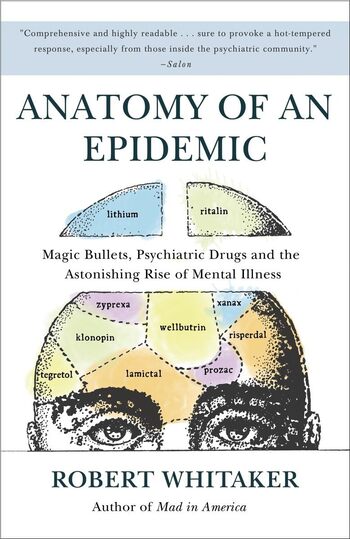
Scott Stossel explores various facets of anxiety, from its historical context to personal battles, while examining its biological roots and potential treatments.
Main Lessons
- Anxiety is the most common form of mental illness, affecting a significant portion of the population globally.
- Cultural and historical records show anxiety transcends time and geography, with various names but similar symptoms.
- Clinical anxiety differs from common anxiety and can significantly disrupt daily life, causing distress and limitations.
- Childhood experiences, particularly mother-child relationships, can influence one’s likelihood of developing anxiety.
- Anxiety may be inherited genetically, with some people predisposed to higher anxiety levels from birth.
- Anxiety has evolutionary roots, initially serving protective functions but becoming maladaptive in modern settings.
- The brain’s chemistry, particularly neurotransmitter systems, plays a crucial role in the manifestation of anxiety.
- Medication can alleviate anxiety symptoms by targeting neurotransmitter imbalances, yet it may pose side effects and addiction risks.
- Cognitive Behavioral Therapy (CBT) provides alternative treatment through exposure techniques and addressing underlying causes.
- Despite treatments, no universal cure for anxiety exists, requiring a combination of therapy, medication, and personal strategies.
- Understanding and respecting anxiety in oneself and others can foster a more compassionate and informed approach to this widespread condition.








